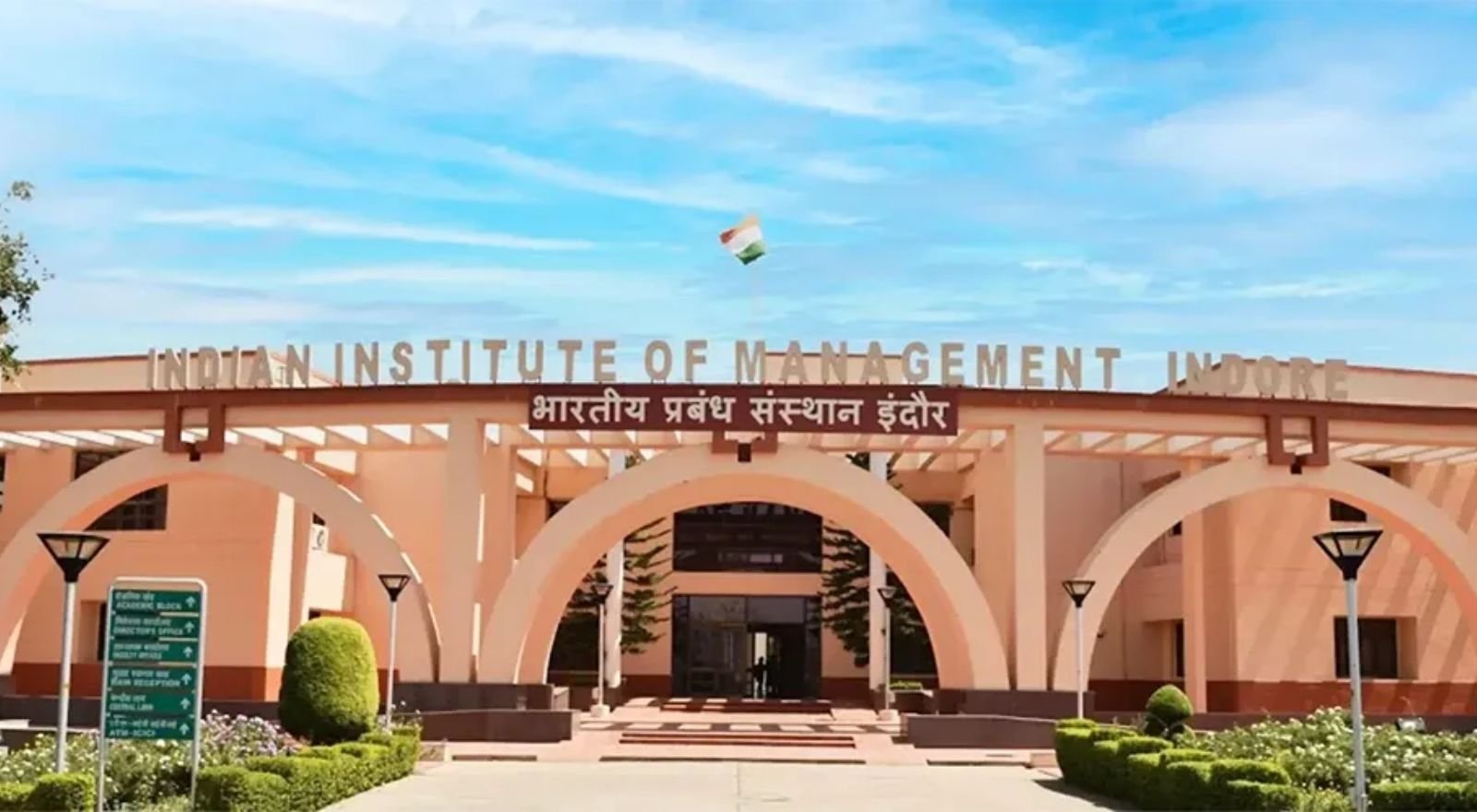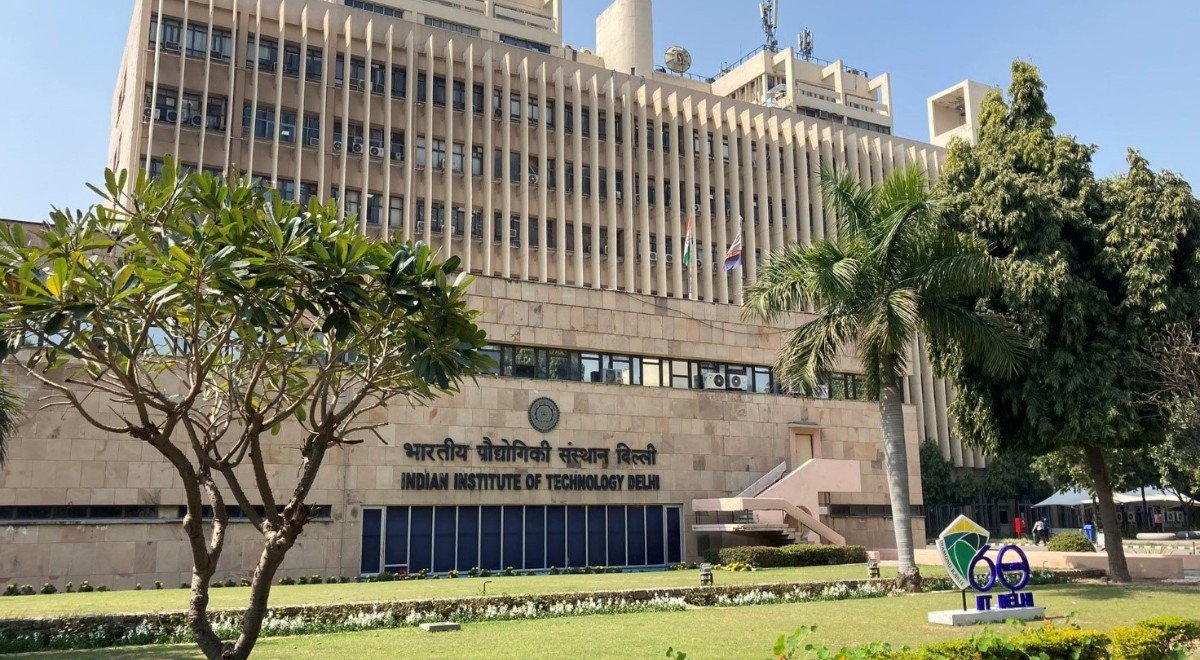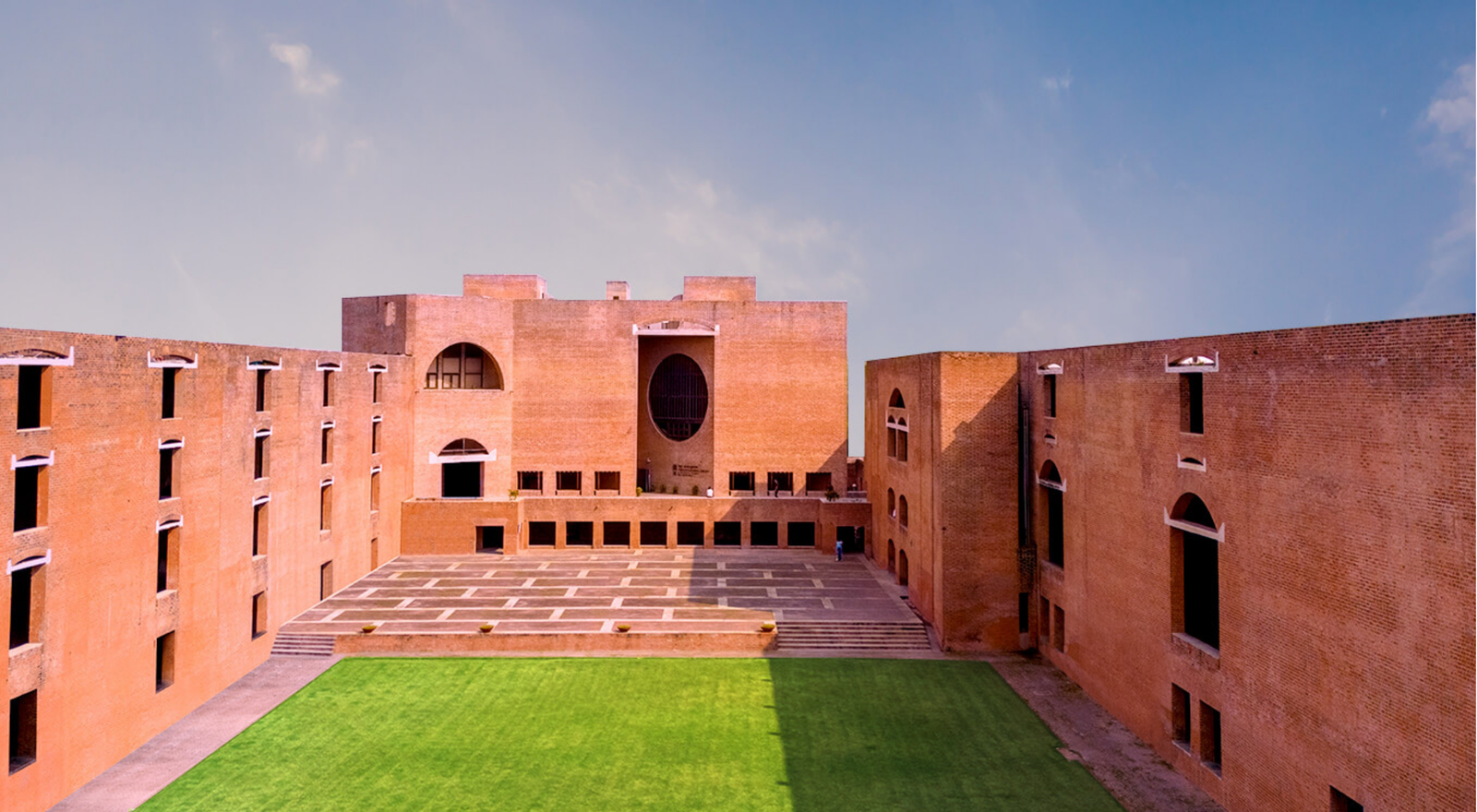Table of Contents
Diploma in Graphic Design Overview
A diploma in graphic design is a program of study that provides students with the knowledge and skills necessary to work as graphic designers in various industries. This Diploma in Graphic Design program usually takes one to two years to complete and covers topics such as design principles, typography, digital design tools, branding, layout design, and visual communication.
During the Diploma in Graphic Design program, students are taught how to create visual concepts and designs that communicate ideas effectively to target audiences. They learn how to use various design software programs, such as Adobe Photoshop, Illustrator, and InDesign, to create designs for print and digital media.
Students are also given opportunities to work on real-world projects and build a portfolio of their work. This portfolio can be used to showcase their skills and creativity to potential employers.
Upon completion of a diploma in graphic design, graduates can pursue careers as graphic designers, web designers, UI/UX designers, digital marketers, advertising specialists, or creative directors. They can also choose to continue their education and pursue a bachelor’s degree in graphic design or a related field.
Diploma in Graphic Design Highlights
Here are some of the key highlights of a Diploma in Graphic Design program:
| Course Name | Diploma in Graphic Design |
| Merit-based | Diploma |
| Duration | 1 – 2 years |
| Eligibility criteria | Passed 10+2 with 50% to 55% |
| Admission process | Merit based |
| Approximately fees | INR 2 lakhs to 4 lakhs |
| Job opportunities | Graphic Designer, Web Designer, Art Director, Creative Director |
| Salary | INR 3 lakhs to 10 lakhs |
- Duration: A diploma in graphic design usually takes one to two years to complete, depending on the program and the institution.
- Curriculum: The curriculum of a graphic design diploma program typically includes courses in design principles, typography, digital design tools, branding, layout design, and visual communication.
- Hands-on training: Students receive hands-on training in design software programs such as Adobe Photoshop, Illustrator, and InDesign. They also work on real-world projects to gain practical experience.
- Portfolio development: Students are encouraged to develop a portfolio of their work that showcases their skills and creativity. This portfolio can be used to apply for jobs or to pursue further education in graphic design.
- Career opportunities: Graduates with a diploma in graphic design can pursue careers as graphic designers, web designers, UI/UX designers, digital marketers, advertising specialists, or creative directors.
- Continuing education: Graduates can also choose to continue their education and pursue a bachelor’s degree in graphic design or a related field.
All about Diploma in Graphic Design
A Diploma in Graphic Design is a program of study that prepares students for careers in the graphic design industry. This Diploma in Graphic Design program is typically offered at community colleges, technical schools, or art schools and can take one to two years to complete. Here are some of the key aspects of a Diploma in Graphic Design program:
- Curriculum: The curriculum of a Diploma in Graphic Design program includes courses in design principles, typography, digital design tools, branding, layout design, and visual communication. Students learn how to create visually appealing designs that effectively communicate ideas to target audiences.
- Hands-on training: Students receive hands-on training in various design software programs such as Adobe Photoshop, Illustrator, and InDesign. They also learn how to use design tools and techniques to create designs for print and digital media. The program emphasizes practical experience, and students are encouraged to work on real-world projects to develop their skills.
- Portfolio development: Students are encouraged to develop a portfolio of their work throughout the Diploma in Graphic Design program. This portfolio can be used to showcase their skills and creativity to potential employers or clients. The portfolio typically includes a range of design projects, such as logos, posters, brochures, websites, and other visual materials.
- Career opportunities: Graduates with a Diploma in Graphic Design can pursue careers in a variety of industries, including advertising, publishing, marketing, and media. Job titles may include graphic designer, web designer, UI/UX designer, art director, or creative director. Graduates may also choose to work as freelancers or start their design businesses.
- Continuing education: Graduates may choose to pursue further education in graphic design or a related field, such as a Bachelor’s degree in Graphic Design or a Master’s degree in Visual Communication. Continuing education can help graduates to advance their careers, specialize in a particular area of graphic design, or pursue teaching or research positions.
A Diploma in Graphic Design provides students with the knowledge, skills, and practical experience necessary to succeed in the competitive field of graphic design. Graduates are well-equipped to create visually stunning designs that effectively communicate ideas to target audiences.
Who can pursue a Diploma in Graphic Design?
Anyone who has an interest in graphic design and a creative flair can pursue a Diploma in Graphic Design. However, specific eligibility criteria for admission to the program may vary by institution.
Generally, to be eligible for a Diploma in Graphic Design program, applicants must have completed high school or an equivalent level of education. Some programs may also require students to submit a portfolio of their work or take an entrance exam to demonstrate their artistic skills and creativity.
Apart from academic qualifications, individuals interested in pursuing a Diploma in Graphic Design should have a passion for design and a desire to learn new skills. They should have good communication skills and the ability to work collaboratively with others, as graphic design often involves working in teams.
Moreover, a diploma in graphic design program is suitable for individuals who are looking to start a career in graphic design or those who want to enhance their existing skills in design software programs such as Adobe Photoshop, Illustrator, and InDesign. The Diploma in Graphic Design program is also suitable for individuals who want to pursue further education in the field of graphic design, such as a Bachelor’s degree in Graphic Design or a Master’s degree in Visual Communication.
When to do a Diploma in Graphic Design?
A Diploma in Graphic Design can be pursued at any point in a person’s career, depending on their goals and aspirations. Here are some of the instances when someone might consider pursuing a Diploma in Graphic Design:
- Beginning a career in graphic design: A diploma in graphic design can provide the necessary skills and knowledge to start a career in the graphic design industry. This is a good option for those who are interested in art and design and want to pursue a career that is creative and fulfilling.
- Enhancing existing skills: If someone is already working in the graphic design industry but wants to enhance their skills and stay up-to-date with the latest trends and technologies, a Diploma in Graphic Design can be a great option.
- Changing career paths: Someone who is looking to change their career path and wants to transition into the graphic design industry can pursue a Diploma in Graphic Design to acquire the necessary skills and knowledge to succeed in the field.
- Pursuing higher education: A Diploma in Graphic Design can serve as a stepping stone for someone who wants to pursue higher education in graphic design, such as a Bachelor’s degree or Master’s degree in Visual Communication.
A Diploma in Graphic Design can be pursued at any stage of a person’s career, depending on their interests and goals. It is a great way to acquire the necessary skills and knowledge to succeed in the graphic design industry or to enhance one’s existing skills in the field.
What are the skills required for Diploma in Graphic Design?
A Diploma in Graphic Design requires a combination of technical, creative, and soft skills. Here are some of the essential skills that are required for a successful career in graphic design:
1. Creativity: The ability to think creatively and come up with innovative ideas is essential in graphic design.
2. Design software proficiency: A strong working knowledge of design software such as Adobe Photoshop, Illustrator, and InDesign is essential for a career in graphic design.
3. Typography: The ability to choose and use appropriate fonts and typography is critical to effective visual communication.
4. Colour theory: Understanding color theory and the ability to use color effectively in design is crucial.
5. Attention to detail: Graphic design involves a lot of attention to detail, from pixel-perfect alignments to the correct use of typography.
6. Communication skills: The ability to communicate effectively with clients, team members, and stakeholders is crucial for success in graphic design.
7. Time management: Graphic design projects often come with tight deadlines, and the ability to manage time efficiently is critical.
8. Collaboration: Graphic designers often work in teams, and the ability to collaborate with others is essential.
9. Problem-solving skills: Graphic designers need to be able to identify and solve design problems effectively.
10. Adaptability: The ability to adapt to new design trends, software, and technologies is essential in an ever-changing industry.
A successful career in graphic design requires a combination of technical skills, creativity, and soft skills that are developed over time through practice, training, and experience.
Diploma in Graphic Design Admission Process
The admission process for a Diploma in Graphic Design may vary depending on the institution offering the program. However, here are some general steps that applicants may need to follow:
Research Institutions: Applicants should research institutions offering a Diploma in Graphic Design and find the ones that meet their needs and preferences. They should check the institution’s website for information on the program, eligibility criteria, application deadlines, and fees.
Application Form: Applicants should fill out the application form and provide accurate information about their educational qualifications, personal details, and any other information required by the institution.
Portfolio: Some institutions may require applicants to submit a portfolio of their work, which may include drawings, sketches, and other design projects. The portfolio should demonstrate the applicant’s artistic skills and creativity.
Entrance Exam: Some institutions may require applicants to take an entrance exam to demonstrate their artistic skills and creativity. The exam may be a written test, a practical exam, or an interview.
Application Fee: Applicants may need to pay an application fee as part of the admission process. The fee may vary depending on the institution and may be non-refundable.
Admission Decision: After reviewing the application, portfolio, and entrance exam (if required), the institution will notify the applicant of their admission decision. If accepted, the applicant will receive a letter of acceptance.
Enrolment: Finally, the applicant must enroll in the program by paying the tuition fees, submitting any required documents, and attending any orientation sessions.
It is important to note that the admission process may vary by institution, so it is recommended to check the specific requirements and procedures of the Diploma in Graphic Design program you are interested in before applying.
Diploma in Graphic Design Eligibility Criteria
The eligibility criteria for a Diploma in Graphic Design may vary depending on the institution offering the Diploma in Graphic Design program. However, here are some general eligibility criteria that applicants may be required to meet:
- Educational Qualifications: Applicants are generally required to have completed high school or an equivalent level of education, such as a General Education Development (GED) certificate.
- Minimum Age: Applicants are generally required to be at least 17 years of age at the time of admission.
- Language Proficiency: Some institutions may require applicants to demonstrate proficiency in the language of instruction, which is usually English. This can be done by submitting scores from a recognized language proficiency test, such as TOEFL or IELTS.
- Artistic skills: Some institutions may require applicants to submit a portfolio of their work or take an entrance exam to demonstrate their artistic skills and creativity.
- Basic Computer Skills: Applicants may be required to have basic computer skills, including familiarity with design software such as Adobe Photoshop, Illustrator, and InDesign.
It is important to note that these eligibility criteria may vary by institution, so it is recommended to check the specific requirements of the Diploma in Graphic Design program you are interested in before applying.
Diploma in Graphic Design Syllabus
The syllabus for a Diploma in Graphic Design may vary depending on the institution offering the program. However, here are some of the topics that are generally covered in a Diploma in Graphic Design program:
- Fundamentals of Design: This includes an introduction to design principles, color theory, typography, composition, and layout.
- Drawing and Sketching: This includes the basics of drawing and sketching, such as line, shape, form, and perspective.
- Digital Illustration: This includes the use of digital tools and software to create illustrations, such as Adobe Illustrator.
- Image Editing: This includes the use of digital tools and software to edit images, such as Adobe Photoshop.
- Page Layout: This includes the basics of page layout and design, such as grids, margins, and bleeds.
- Print Design: This includes the basics of designing for print, such as business cards, brochures, and flyers.
- Web Design: This includes the basics of designing for the web, such as websites, social media graphics, and email newsletters.
- User Interface Design: This includes the basics of designing user interfaces for digital products, such as mobile apps and websites.
- Portfolio Development: This includes creating a professional portfolio to showcase one’s work to potential employers or clients.
It is important to note that the syllabus may vary by institution, so it is recommended to check the specific curriculum of the Diploma in Graphic Design program you are interested in before applying.
Diploma in Graphic Design Top colleges in India
Here are some top colleges in India offering a Diploma in Graphic Design
| Colleges | Approximately Fees |
|---|---|
| National Institute of Design, Ahmedabad | INR 3,50,000 |
| LISAA School of Design, Bangalore | INR 2,60,000 |
| Pearl Academy, Delhi, Mumbai, and Jaipur | INR 2,50,000 |
| National Institute of Design, Ahmedabad | INR 2,33,000 |
| Symbiosis Institute of Design, Pune | INR 2,25,000 |
| Vogue Institute of Art and Design, Bangalore | INR 2,00,000 |
| DJ Academy of Design, Coimbatore | INR 1,90,000 |
| MIT Institute of Design, Pune | INR 1,75,000 |
Please note that these fees are subject to change and may vary depending on the course duration, type of institution, and other factors.
Diploma in Graphic Design Top colleges Abroad
Here are some top colleges abroad that offer a Diploma in Graphic Design:
1. Royal College of Art, London, UK
2. Rhode Island School of Design (RISD), Rhode Island, USA
3. Parsons School of Design, New York, USA
4. Central Saint Martins, London, UK
5. Pratt Institute, New York, USA
6. ArtCenter College of Design, California, USA
7. Emily Carr University of Art + Design, Vancouver, Canada
8. Vancouver Film School, Vancouver, Canada
9. Academy of Art University, San Francisco, USA
10. Savannah College of Art and Design (SCAD), Savannah, USA
These are just some of the top colleges that offer a Diploma in Graphic Design abroad. It’s important to do thorough research and consider factors such as tuition fees, location, curriculum, faculty, and accreditation before applying to any college.
Diploma in Graphic Design Top colleges in Canada
Here are some top colleges in Canada that offer a Diploma in Graphic Design:
1. Sheridan College – Oakville, Ontario
2. Vancouver Film School – Vancouver, British Columbia
3. George Brown College – Toronto, Ontario
4. Seneca College – Toronto, Ontario
5. Alberta College of Art and Design – Calgary, Alberta
6. Emily Carr University of Art + Design – Vancouver, British Columbia
7. Mohawk College – Hamilton, Ontario
8. Capilano University – North Vancouver, British Columbia
9. Humber College – Toronto, Ontario
10. Langara College – Vancouver, British Columbia
These colleges are known for their quality education, experienced faculty, and excellent infrastructure. However, it’s important to research and compares the programs offered, the admission requirements, and the fees before applying to any college.
Diploma in Graphic Design Job Opportunities
A Diploma in Graphic Design can prepare graduates for various job opportunities in the field of graphic design. Some of the common job roles that graduates can consider after completing a Diploma in Graphic Design are:
1. Graphic Designer: A graphic designer is responsible for creating visual designs using computer software or by hand for various print and digital media.
2. Web Designer: A web designer creates designs for websites, social media platforms, and other digital media.
3. Art Director: An art director is responsible for managing the visual elements of a project, including the layout, design, and imagery.
4. Creative Director: A creative director is responsible for the overall creative vision of a project or campaign, and works with a team of designers and writers to execute it.
5. UX/UI Designer: A UX/UI designer is responsible for designing the user experience and user interface for digital products, such as websites and mobile apps.
6. Brand Identity Designer: A brand identity designer creates designs that help establish and maintain a brand’s identity, such as logos, color schemes, and typography.
7. Advertising Designer: An advertising designer creates designs for advertisements across various media, such as print, TV, and online.
8. Freelance Designer: A freelance designer works on a project-by-project basis and is responsible for creating designs for clients.
9. Production Artist: A production artist prepares designs for final production, ensuring that they meet technical requirements and specifications.
10. Marketing Designer: A marketing designer creates designs for marketing materials, such as brochures, flyers, and email newsletters.
a Diploma in Graphic Design can open up various job opportunities in the creative industry, and the demand for skilled graphic designers is expected to continue to grow in the coming years.
Diploma in Graphic Design Salary
The salary for a Diploma in Graphic Design may vary depending on the job role, years of experience, location, and industry. Here are some approximate salary ranges for some common job roles in the field of graphic design in India:
- Graphic Designer: Rs. 1.5 lakh – Rs. 5 lakh per year
- Web Designer: Rs. 1.8 lakh – Rs. 6 lakh per year
- Art Director: Rs. 5 lakh – Rs. 15 lakh per year
- Creative Director: Rs. 10 lakh – Rs. 25 lakh per year
- UX/UI Designer: Rs. 2.5 lakh – Rs. 10 lakh per year
- Brand Identity Designer: Rs. 2 lakh – Rs. 8 lakh per year
- Advertising Designer: Rs. 2.5 lakh – Rs. 10 lakh per year
- Freelance Designer: Rs. 50,000 – Rs. 10 lakh per project
- Production Artist: Rs. 1.8 lakh – Rs. 6 lakh per year
- Marketing Designer: Rs. 2.5 lakh – Rs. 8 lakh per year
It’s important to note that these are just approximate salary ranges and may vary based on various factors.
Advanced Diploma in Graphic Design
An Advanced Diploma in Graphic Design is a higher-level course that builds upon the knowledge and skills acquired in a Diploma in Graphic Design. This course is designed to provide students with advanced knowledge and expertise in the field of graphic design, preparing them for more challenging roles in the industry.
The curriculum for an Advanced Diploma in Graphic Design typically includes advanced topics such as:
- Design principles and theories
- Advanced typography
- Concept development
- Brand identity design
- Advanced image editing techniques
- Motion graphics and animation
- User experience design
- Advanced software applications such as Adobe After Effects, Premiere Pro, and Sketch.
An Advanced Diploma in Graphic Design can help students to specialize in a particular area of graphic design and prepare them for more senior roles in the industry. Graduates of this course can pursue careers such as:
- Creative director
- Art director
- Senior graphic designer
- UX/UI designer
- Motion graphics designer
- Visual effects artist
- Brand strategist
- Packaging designer
- Web designer
- Advertising designer
An Advanced Diploma in Graphic Design can help students to develop advanced skills and knowledge in the field of graphic design, preparing them for rewarding and challenging careers in the industry.
Diploma in Graphic Design Conclusion
In conclusion, a Diploma in Graphic Design is an excellent choice for students who are passionate about art and design and want to pursue a career in the creative industry. This course equips students with the technical skills, creative abilities, and soft skills needed to succeed in a competitive industry. With the increasing demand for creative and innovative designs across industries, graphic designers are in high demand, making it a promising career path.
Through a Diploma in Graphic Design, students learn about design principles, color theory, typography, image editing, layout design, and branding, among other essential topics. Additionally, students develop essential soft skills such as communication, time management, and problem-solving, which are critical to success in the field.
A Diploma in Graphic Design is a comprehensive course that provides a solid foundation for a career in graphic design. Whether students choose to work for an agency, as a freelancer, or pursue further education, the skills and knowledge gained through this course can be applied to a variety of design roles, making it a valuable investment in their future.
Frequently Asked Questions about Diploma in Graphic Design
Q. What is Graphic Design?
Ans. Graphic design is the process of creating visual content to communicate a message to a specific audience. This can include designs for logos, packaging, websites, advertisements, and more.
Q. What are the career prospects after a Diploma in Graphic Design?
Ans. Graduates with a Diploma in Graphic Design can pursue careers such as graphic designer, web designer, branding and identity designer, art director, creative director, and more.
Q. What software programs will I learn during a Diploma in Graphic Design?
Ans. The most commonly used software programs in graphic design are Adobe Photoshop, Illustrator, and InDesign. You may also learn other software programs like Sketch, CorelDRAW, and Canva.
Q. How long does it take to complete a Diploma in Graphic Design?
Ans. A Diploma in Graphic Design typically takes 1-2 years to complete, depending on the program and the institution.
Q. Can I pursue a Diploma in Graphic Design if I have no prior experience in design?
Ans. Yes, many Diploma in Graphic Design programs are designed for students with no prior experience in design. However, a passion for design and a willingness to learn is important.
Q. What skills will I develop during a Diploma in Graphic Design?
Ans. Skills that you will develop during a Diploma in Graphic Design include graphic design principles, typography, color theory, image editing, layout design, branding, and communication skills, among others.
Q. Can I study for a Diploma in Graphic Design online?
Ans. Yes, many institutions offer online Diploma in Graphic Design programs. However, it’s important to ensure that the program is accredited and that you have access to the necessary software programs.
Q. How much does a Diploma in Graphic Design cost?
Ans. The cost of a Diploma in Graphic Design can vary depending on the institution and the program. In India, it typically ranges from INR 50,000 to INR 2,00,000.


















